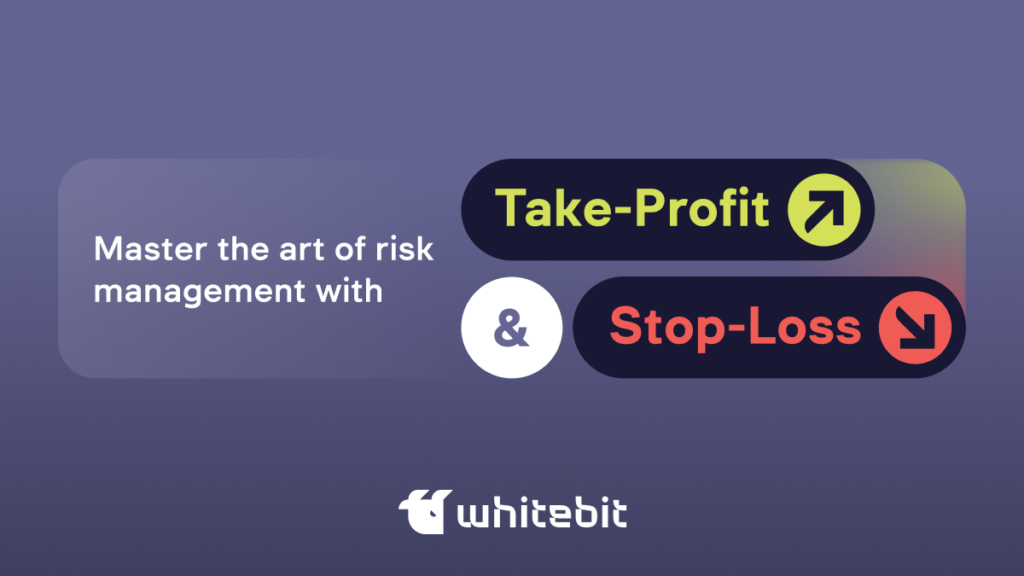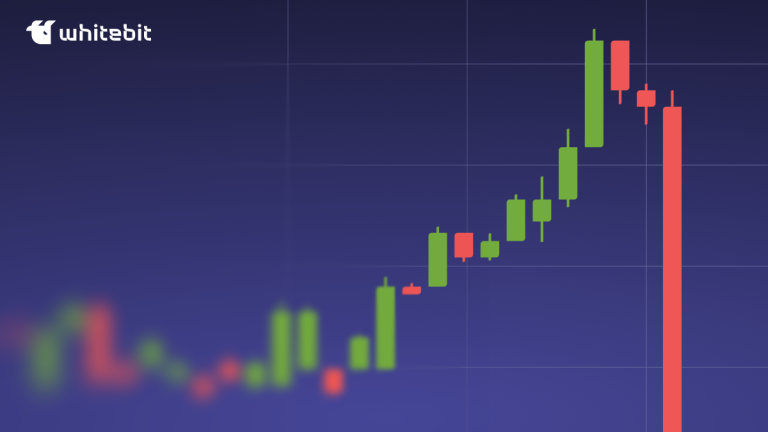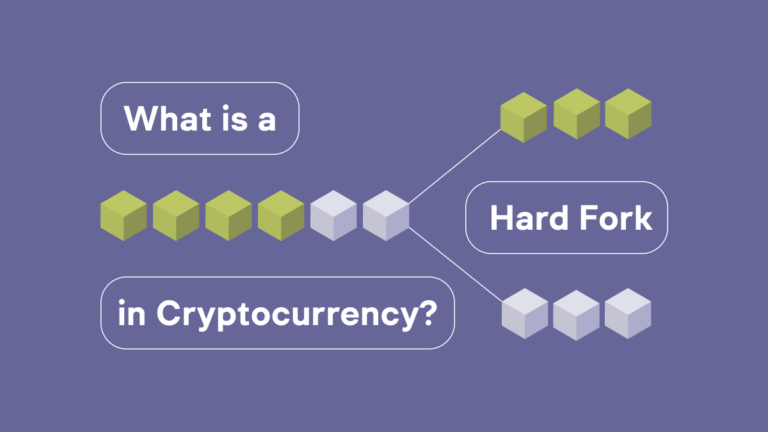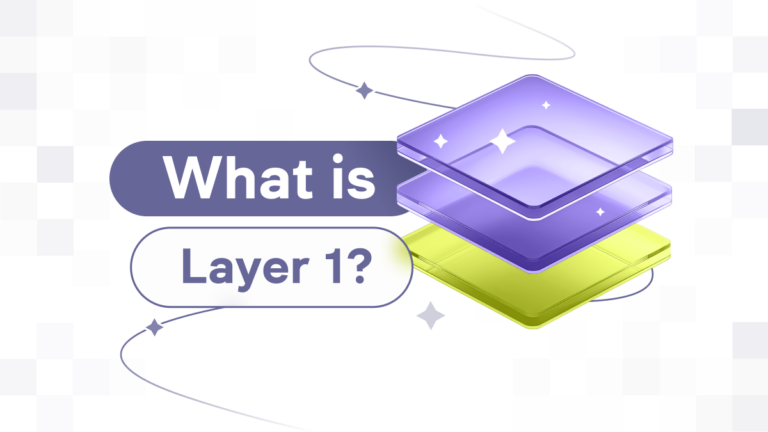Stop-Loss and Take-Profit Orders on WhiteBIT

We are thrilled to introduce Take-Profit (TP) and Stop-Loss (SL) to you!
Essentials:
- Take-Profit (TP) is the price level at which a trader wants to close the current position to lock in the profit. When the price reaches the Take-Profit level, the order to close the position executes automatically, and the position is closed at the market price.
- On the other hand, Stop-Loss (SL) is the price level at which a trader wants to close the current position to limit losses. When the price reaches the Stop-Loss level, the order to close the position is also automatically executed, and the position is closed at the market price.
- Take-Profit (TP) and Stop-Loss (SL) are some of the main tools used to effectively manage risk, control emotions, and follow trading strategies.
In this section, we will take a closer look at what Take-Profit (TP) and Stop-Loss (SL) are, how they work on WhiteBIT, and why they are essential tools for any trader looking to trade effectively in the digital asset market.
What is Take-Profit (TP)?
Take-Profit (TP) is a predetermined price level at which the trader intends to close the position for profit.
The TP level is set above the entry price for long positions and below the entry price for short positions. As soon as the market reaches the set level, the position is automatically closed and the trader fixes his profit.
Example:
- A user opened a long position of 1 ETH at a price of 2000 USDT.
- He decided to use a fixed profit strategy and set a Take-Profit target level of 15%.
- In this case, he should set the TP at 2300 USDT. If the price of ETH starts to rise and reaches the level of 2300 ETH, then a sell order of 1 ETH will be placed and executed automatically at the market price.
- If the target level is reached, the order will be executed, the user will receive a profit of 15% of the original purchase price, i.e., 2000 USDT * 0.15 = 300 USDT.
What is a Stop-Loss (SL)?
Stop-Loss (SL) is an order to automatically sell a cryptocurrency if its price falls to a certain level. It is a risk management tool to limit potential losses from investments.
Usually, SL is set at a price below the current market price for long positions and above the current market price for short positions. The order is triggered when the market price reaches the specified SL price, and the asset is sold at the market price. It helps protect the investor from further losses.
Example:
1) The user opened a long position with 1 BTC at a price of 40,000 USDT.
2) The loss he is willing to take on this deal, paying attention to the trading strategy, is 8%.
3) In this case, it is necessary to set the SL at the level of $36.800. And if the price of BTC starts to fall and reaches the $36.800 level, an automatic sell order will be placed and executed at the market price.
The SL and TP orders do not guarantee execution at the specified price, especially in conditions of extreme market volatility, if demand exceeds supply, or if the position size is too large. Bids may be prone to slippage, and the strike price may be worse than the fixed SL price.
How do Take-Profit (TP) and Stop-Loss (SL) work on WhiteBIT?
On WhiteBIT, you can set TP and SL only after opening a position. They can be used both separately and in combination. If one of the orders is fulfilled, the other will be canceled automatically.
In a technical context, Take-Profit and Stop-Loss work like a Stop-Market order, but without specifying the quantity. This means that when the TP or SL level is reached, the trading platform automatically closes the entire position at the market price.
Please note that both levels should be determined based on careful analysis, including market trends, support and resistance levels, technical indicators, and overall trading strategy.
How to close positions completely?
- Close your position manually using one of the available orders on the exchange.
- Triggering of Take-Profit (TP) or Stop-Loss (SL) levels. If the price reaches the set TP level, the position will be automatically closed, and the trader will take a profit. If the price reaches the SL level, the position will also be automatically closed to limit losses.
Why use TP and SL?
- Risk management. TP and SL help limit potential losses and gains. By setting a predetermined exit point (SL), you can control the maximum amount you are willing to lose on a trade. On the contrary, TP orders allow fixing profits when the market reaches the desired level and taking advantage of favorable market movements.
- Elimination of emotional bias & support of trading discipline. The market is about emotions every so often. So, trading can typically be difficult, and emotions can cloud judgment regarding changing strategies. TP and SL orders help eliminate emotional bias by automating the exit strategy. By setting orders early, you can avoid the temptation to deviate from your plan due to fear, greed, or other emotional factors. TP and SL ensure the observance of trading discipline as much as possible and execution of the trading plan, which is the basis of stable trading in the market.
- Time management. TP and SL save time because you don’t have to constantly monitor the market with them. Once the orders are set, you can focus on other aspects of your trading strategy.
Strategy consistency and evaluation. By making TP and SL part of your plan, you can evaluate the effectiveness of your trading strategies over time. They can analyze their trades’ results, evaluate the success level in achieving profit targets, and adjust the strategy accordingly.










